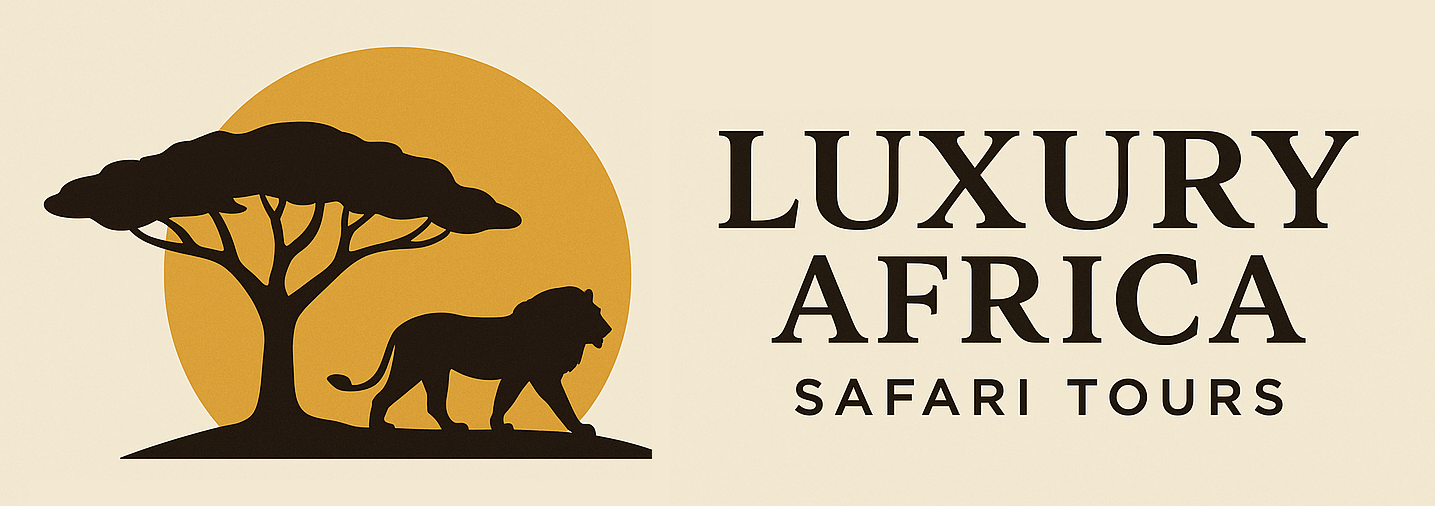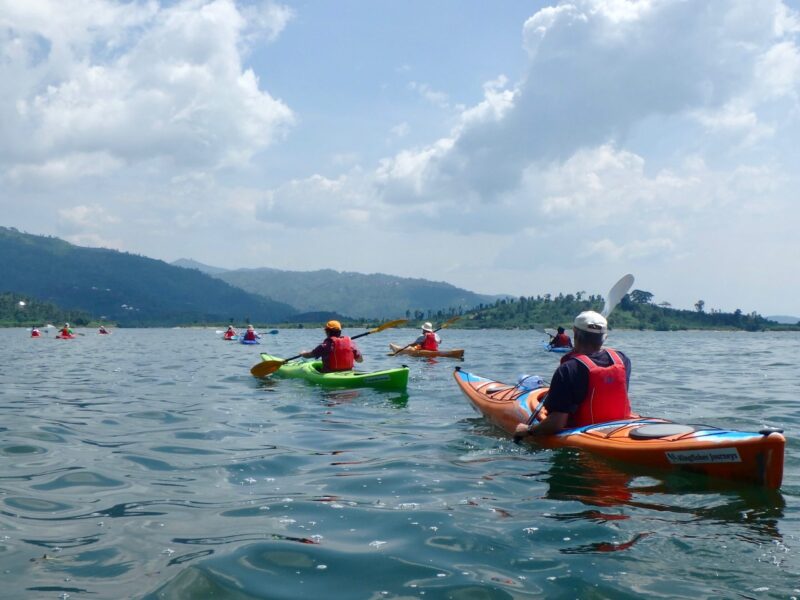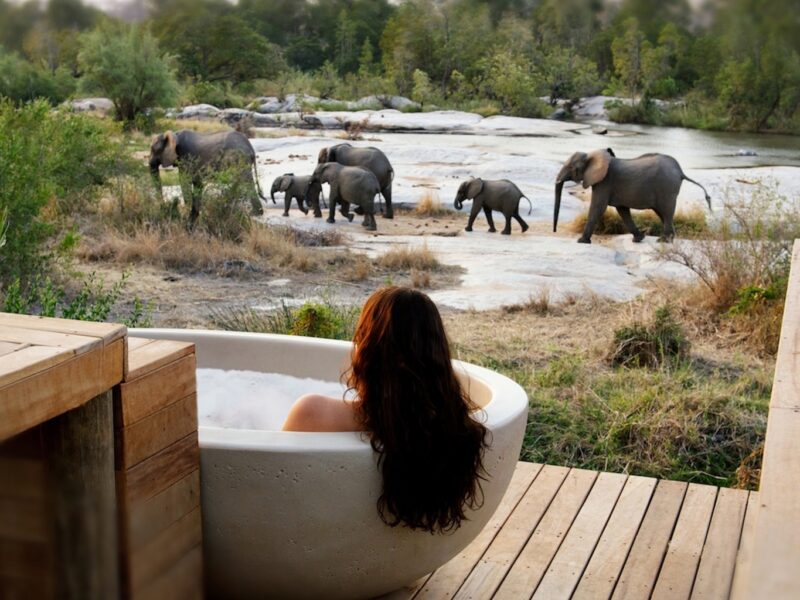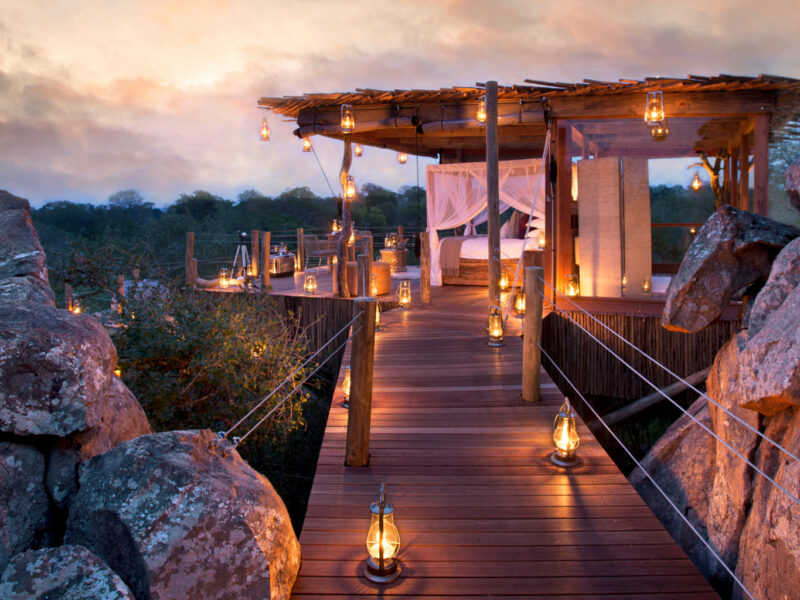Lake Mburo National Park Safaris
Located in the Kiruhara District, Lake Mburo National Park lies in Uganda’s Western Region. Roughly 240 kilometers from Kampala, it sits relatively near the road connecting Uganda’s capital to the parks in the west.
Its closest large city is Mbarara, 30 kilometers east of the park; given Lake Mburo’s position, it is a fantastic stop-off point for anyone journeying between the two sites. It is also a magnificent wildlife region in its own right. Though sometimes excellent things come in tiny packages, Lake Mburo N.P. is a small national park covering only 260 square kilometers.
Lake Mburo National Park’s past
First gazetted as a site for regulated hunting, the park was in 1933. Subsequently, thirty years later, it obtained new and upgraded status as a game reserve. Fast forward another twenty years, and it became a national park. Political unrest in 1985 caused great harm to Lake Mburo N.P. and its fauna; however, some of the region was re-gazetted the following year.
Animals
The wildlife has been recovering since 1986. Undoubtedly, the park gains from its remarkable spectrum of ecosystems, able to sustain an interesting diversity of bird and mammal species. Comprising not just Lake Mburo itself but five more lakes all linked by a marsh, its wetland system provides a consistent water source. There is open savanna is well, however less than in earlier times because to the lack of elephant from the park. On the other hand, this loss has led to the expansion of woods, which are particularly rich near the lakes. Other geographical characteristics include canyons teeming with vegetation and rocky kopjes. Though the park is tiny, there is much to see.
Things to do at Lake Mburo
Most camps and resorts in Lake Mburo N.P. provide activities centered on exploring all the places frequented by animals. For those who want to stay fit, you may enjoy day and night game drives, strolling safaries, horseback safaries, boating, and even cycling. Among the creatures you can expect to see here are leopard, buffalo, zebra, eland, impala, jackal, hyena, warthog, and hippopotamus. Counting birds brings the total to over 300 species, including shoebill, saddle-billed stork, black-bellied bustard, and 22 varieties of migrants looking for refuge and a bit of respite here throughout their long travels.
Should you find a stop-off—or longer stay—in this park appealing, kindly review our property pages and get in touch to begin organizing your vacation.




